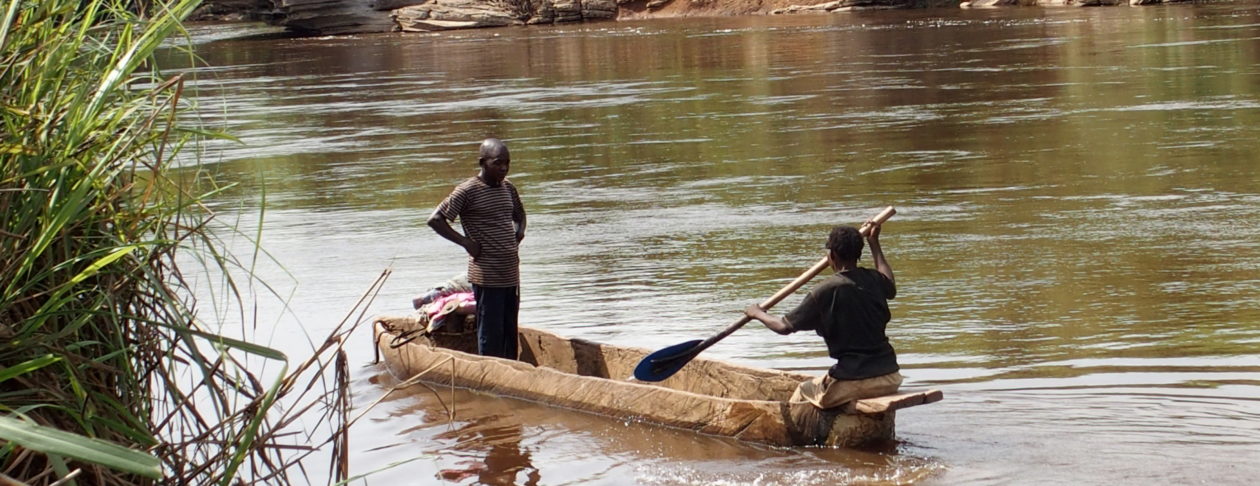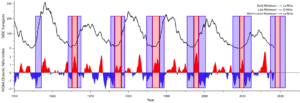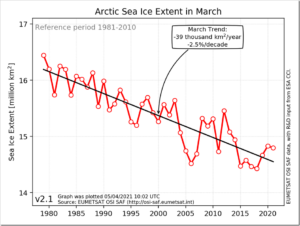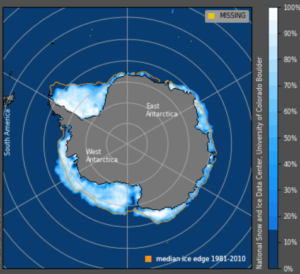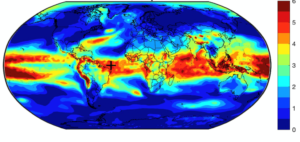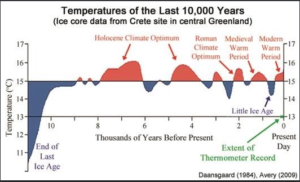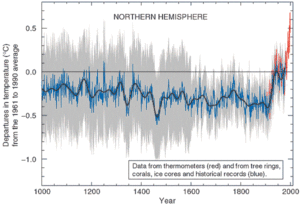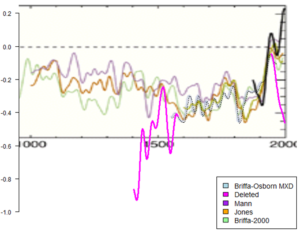by Dr. J. Lehr, March 17, 2021 in CFACT
There have been dozens of good books written in the past decade telling the true stories countering the incessant lies of alarmists blaming impending environmental disasters on carbon dioxide emissions.
None have been better than the newest contribution by Patrick Moore and certainly none as up to date as this just published contribution to real science. We all know by now that Patrick co-founded Greenpeace. It was in an effort to stop underground hydrogen bomb testing and later to save whales and Harp seals. He was still studying for his degree in Ecology at the University of British Columbia (UBC). Fifteen years later when Greenpeace became a money machine in the war to scare the public with one environmental lie after another, he resigned and became their public enemy number one. The tipping point was the organization’s initiation of a campaign to ban chlorine, the most important of all 94 natural elements for both public health and medicine.
In many ways his newest book can be seen as eleven brief books teaching the important facts and research on the major environmental issues of our time. They include in addition to the finest argument against human-caused climate change, dying trees in Africa, the Great Barrier Reef, Polar Bears, Species Extinction, the Great Pacific Garbage Patch, Genetically Modified Food, Nuclear Radiation, Forest Fires, Ocean Acidification, and the faked deaths of Walruses falling from cliffs in Russia.
What sets this outstanding book apart from most is that while Moore is an academic with a Ph.D. in ecology from UBC (which he describes as the study of how all components of our world interrelate and interact), he has a somewhat unique ability to dive into the weeds on each subject and emerge with a basic understanding of each issue for the reader. While I have read a great deal on all his topics, I was amazed how much I learned, and you will be too.
He tells us what most of us realize today, that to many if not most activists “the people are a kind of afterthought to be considered only once the perfect environmental policy has been identified, without regard for how negative the impact is on humanity”. The push to phase out all fossil fuel consumption in the next 30 years he says, “is the biggest threat to civilization in the world today.”
In this 204-page 11-chapter book, as you would imagine, its longest chapter (49 pages) Climate of Fear and Guilt, is devoted to climate change. Most readers have read numerous arguments against the well-known fraud of human caused global warming. You may not want to read another. I can tell you, however, that no one has done it better. This well illustrated chapter manages to add common sense ways to convince your friends of the absurd effort by our new administration to convince you to give up your freedoms in order to save the world. He deals with 19 separate crazy predictions laid at the feet of climate change. He skewers them all with excellent technical references. While it is worth the price of the book, it is the less well-known information in the other chapters that produce a truly outstanding book.
…
